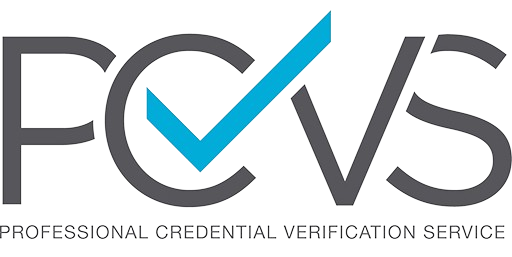Today, the act of ‘credentialing’ is defined as verifying a clinical practitioner obtained the education and training that qualifies him or her to deliver clinical care to patients. We also consider verification of current requisite licensure, professional liability coverage, criminal background checks and sanction monitoring, among other verifications, to be part of the credentialing process. Moreover, credentialing requirements are generally thought to be prescribed by federal and state law, in addition to various accreditation standards.
The process of credentialing actually dates back to as far as 1000 BC, when the ancient Persian cult of Zoraster developed a process for physician ‘licensure’. In order to earn the right to practice medicine, a candidate had to prove he or she successfully treated at least three heretics. If all three survived, he or she was considered fit to practice medicine ‘for ever and ever’. Conversely, if all three died, he or she was denied the right to be licensed to practice medicine. 1 That’s right, since the very beginnings of the act of credentialing, physicians were governing themselves by putting standards in place to ensure competency.
As time went on, the credentialing process evolved. By the 13th century, the formation of the College de Saint Come divided the ‘barber’ surgeons from the ‘lay’ surgeons. To become a member of the College, and a barber surgeon, an aspiring surgeon had to meet specific conditions for admission, and pass an examination given by a panel of surgeons. During this same time period, King Roger II of Sicily mandated that anyone who had not passed an examination would be forbidden to practice medicine. Eventually, specific guidelines to obtain a medical license were established. A candidate was required to study logic for three years, study medicine and surgery for five years, and practice under an experienced physician for one year. After meeting these requirements, the candidate had to be examined in public. By the 1500’s, ‘licensure exams’ were required to practice medicine.1
Fast forward to Benjamin Franklin. While forming the Philadelphia Hospital, the first hospital in America, Mr. Franklin required physicians to be at least 27 years old, have apprenticed within the city of Philadelphia, have studied medicine and surgery for at least seven years, and pass an examination by at least six physicians of the hospital before being approved to be on staff.1
Modern credentialing has been thousands of years’ in the making. In an information age, it has become increasingly complex. In 1986, the Health Care Quality Improvement Act (HCQIA) established and defined the development of the National Practitioner Data Bank, ultimately launched in 1990, to keep track of a variety of adverse actions across all 50 states.1
Even with the abundance of credentialing information available today, clinical impersonators are savvy and continue to find ways to usurp the rigor of the credentialing process and compromise the ‘vetted’ delivery of quality clinical care. An expansive, quality credentialing program is paramount to ensuring the public’s safety.
Contact PCVS today to learn how our dually-assessed (NCQA and URAC) credentialing program and services can provide your organization with the assurance of competent, qualified clinical practitioners.
1 https://acphospitalist.org/archives/2009/05/newman.htm. Accessed 1/20/2018.
